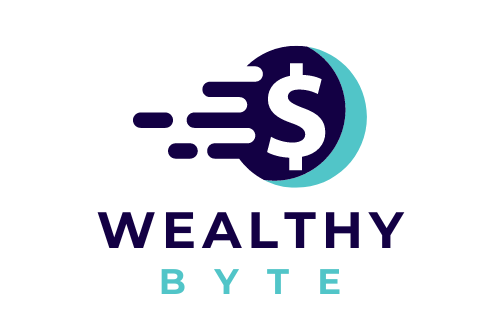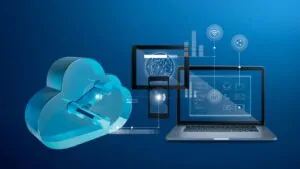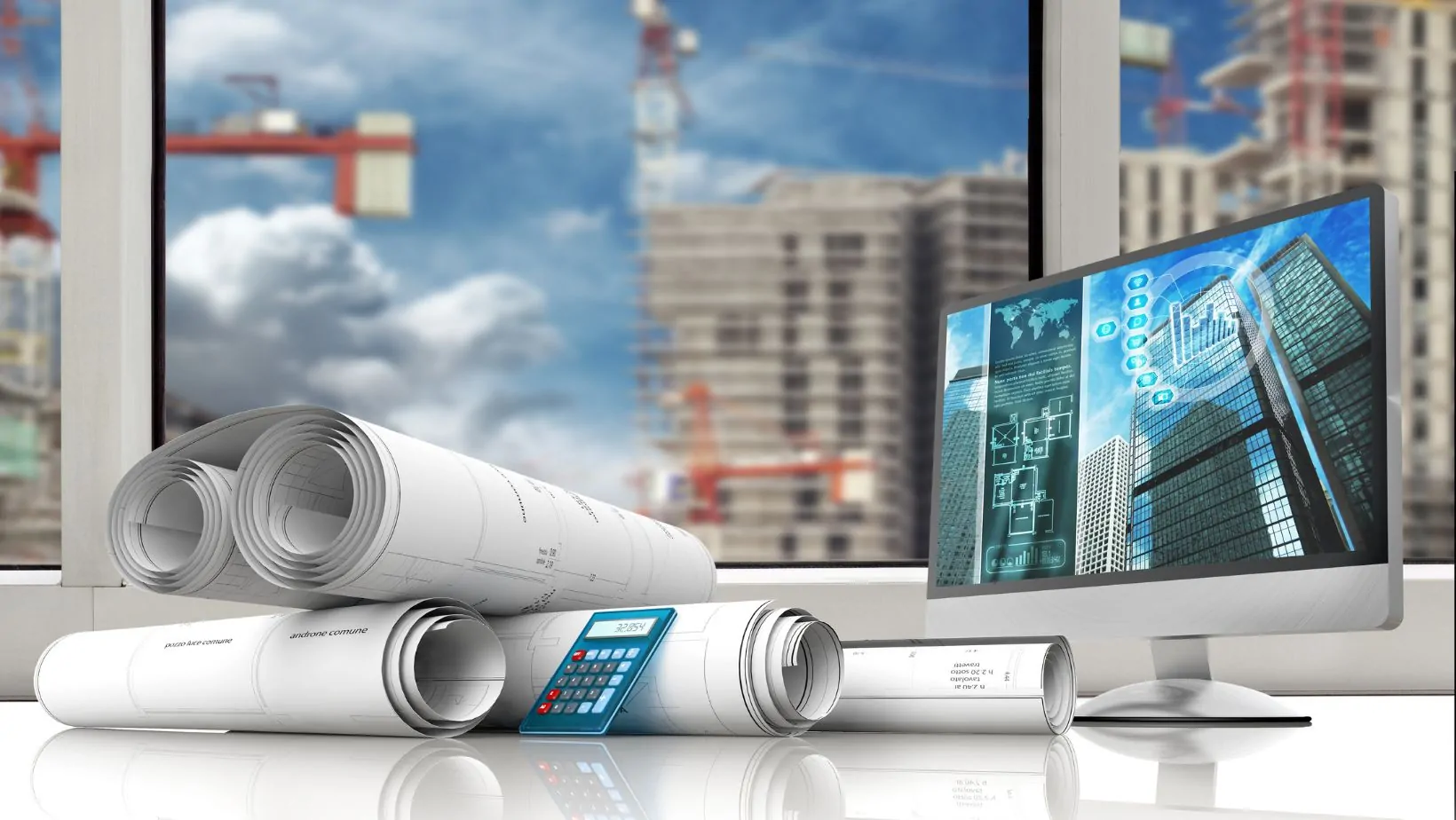
Navigating the complexities of modern construction demands not only skill but also the harnessing of advanced technological tools. Among these, thermal modeling software stands as a pivotal ally. This guide demystifies the journey from grasping fundamental functionalities to mastering the intricate features of such software, tailored for construction aficionados.
Understanding The Basics: A Starting Point
Embarking on this digital voyage, it’s crucial to familiarize oneself with the core aspects of thermal modeling software. Initially, the focus should be on understanding how to input basic building parameters, including dimensions, materials, and geographical location. This stage serves as the bedrock, enabling the software to simulate a structure’s thermal behavior accurately.
Enhancing Precision: Material Properties And Geography
Diving deeper, the significance of detailed material properties and precise geographical data becomes apparent. By meticulously inputting this information, professionals can significantly refine the accuracy of thermal simulations. This step is crucial for anticipating how a building will perform under various thermal conditions.
Simulation Scenarios: Beyond The Basics
Advancement in proficiency leads to the exploration of varied simulation scenarios. Here, the ability to manipulate environmental conditions and observe their impact on a building’s thermal performance is paramount.
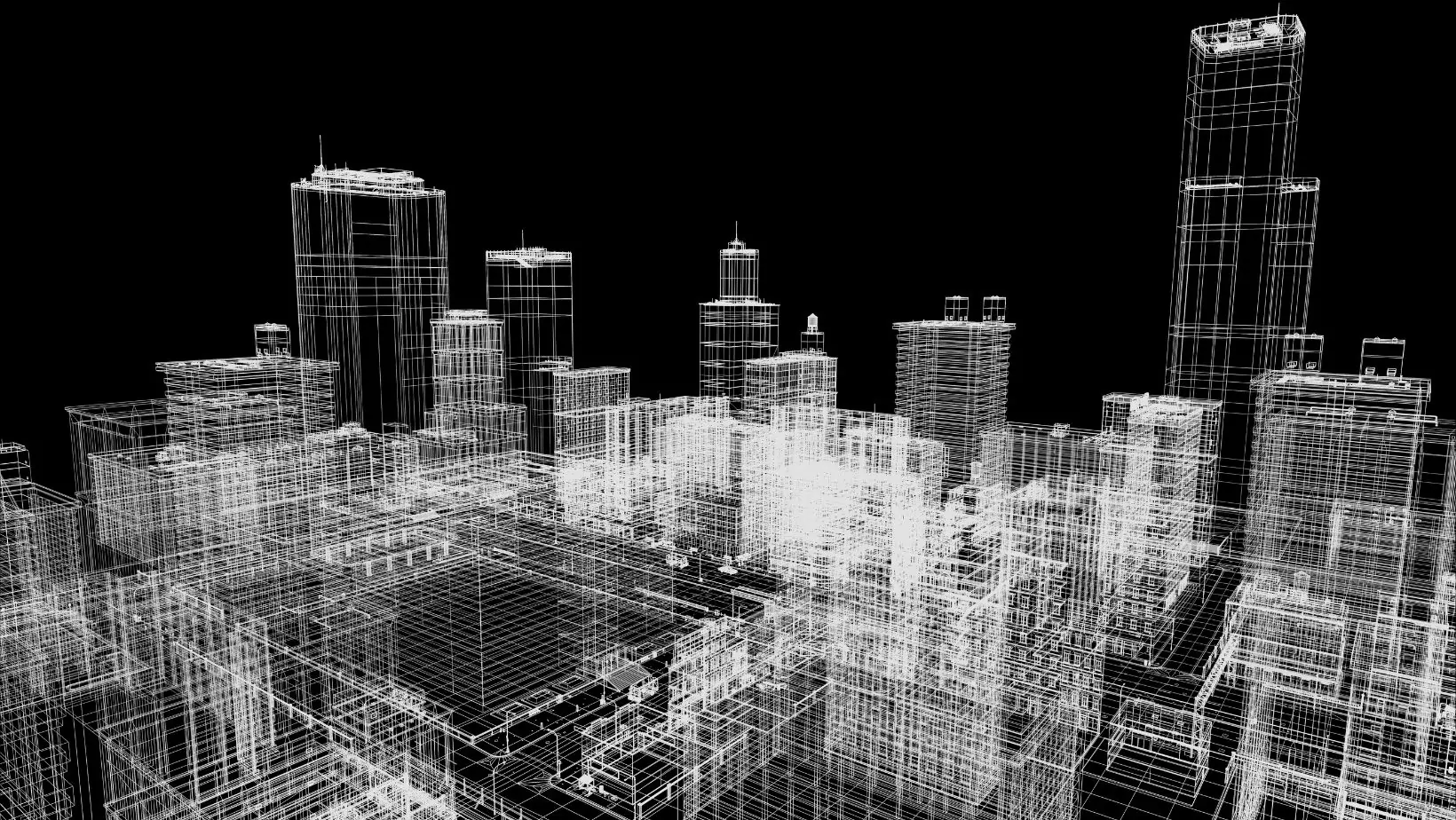
Such scenarios range from the effects of seasonal changes to the influence of different heating and cooling systems. This flexibility is instrumental in optimizing a structure’s energy efficiency.
Interpreting Data: A Critical Skill
As simulations grow complex, so does the data generated. Mastery over thermal modeling software entails the capability to interpret this data effectively. Learning to decipher graphs and reports is vital for making informed decisions on enhancing a building’s thermal performance.
Advanced Features: Unlocking Full Potential
For those who have navigated past the intermediate level, advanced features await. These may include dynamic simulations that factor in occupancy patterns and real-time weather data. Additionally, integrating thermal modeling with other software, such as BIM (Building Information Modeling), opens up new dimensions of analysis and collaboration.
Troubleshooting: An Unavoidable Reality
Even the most seasoned users will encounter obstacles. Developing troubleshooting skills—whether it’s addressing input errors or refining simulations that yield unexpected results—is an invaluable part of the learning curve.
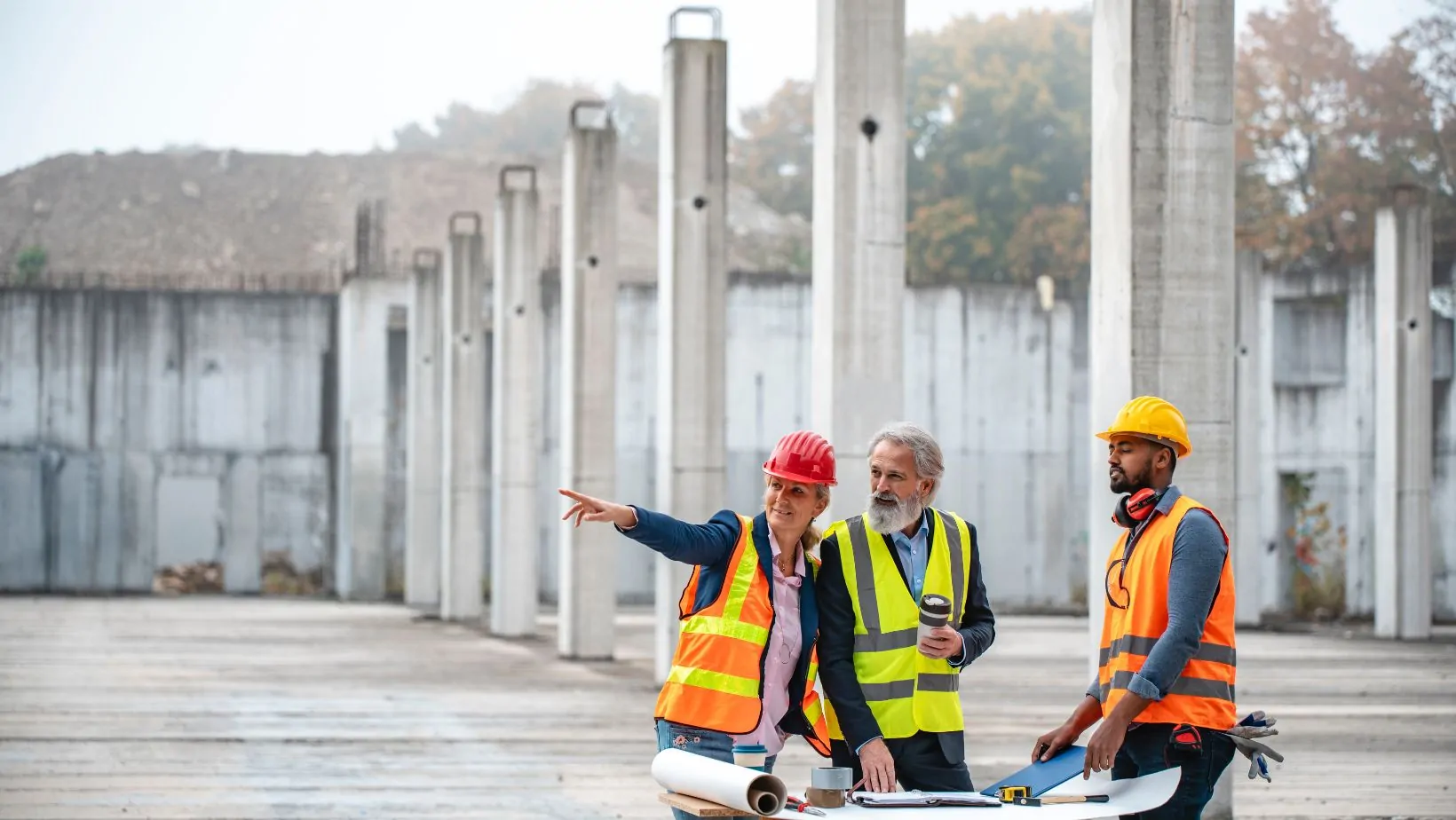
This resilience in the face of challenges enhances one’s expertise and confidence in using thermal modeling software.
Staying Updated: A Commitment to Excellence
Lastly, the digital landscape is ever-evolving. Commitment to continuous learning and staying abreast of the latest software updates and methodologies is essential. This dedication not only ensures the optimal use of thermal modeling software but also positions construction professionals at the forefront of sustainable building practices.
Conclusion
In sum, the journey from novice to adept user of thermal modeling software in construction projects is both challenging and rewarding. By building a solid foundation, enhancing precision, embracing advanced features, and committing to continuous improvement, professionals can leverage this powerful tool to optimize building performance and contribute to more sustainable construction practices. Let this exploration serve as a beacon, guiding through the intricacies of thermal modeling, towards a future where technology and sustainability converge in the art of building.
